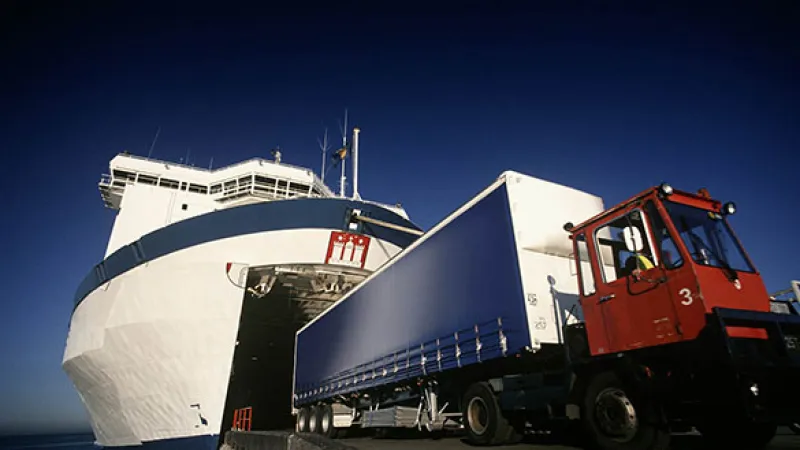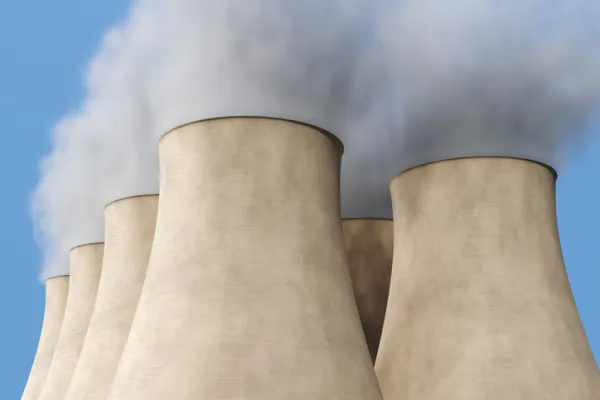Scott Bauer, for CME Group
AT A GLANCE
- Australia’s economy is rapidly rebounding as export prices surge on demand for the country’s key mineral and energy commodities
- Despite recent tensions, China continues to be Australia’s largest trading partner, importing 83% of Australian iron ore output in 2020
Australia’s gross domestic product grew by 1.8% in the first quarter of 2021 and 1.1% compared with the same period last year, according to the Australian Bureau of Statistics. Both were well above expectations.
Further, the country’s economic recovery is underpinned by the fact that it has the COVID-19 virus mostly under control, even as they fight through short-term lockdowns. Economic output is now higher than it was before the pandemic, lifted by easy monetary policy and fiscal policy stimulus.
Soaring Demand
Commodity prices are extraordinarily strong. Australia’s terms of trade are at its highest point since late 2011 as stronger export prices for iron ore and liquefied natural gas (LNG), in particular, drive the gains. In Australian dollar terms, the RBA Index of Commodity Prices has risen by more than 30% since July 2020, and in monthly terms are at their second highest level on record. According to a report commissioned by the Minerals Council of Australia (MCA), demand for Australia’s key mineral and energy commodities is expected to accelerate for the rest of the 2020s.The report was not only focused on critical minerals like copper, aluminum and zinc, but also headlined by iron ore and metallurgical coal. Critical minerals for renewable and sustainable technologies are likely to play a large part over the coming decade with lithium, aluminum and copper some of the biggest growers.
In particular, China’s importance to the Australian economy has exploded over the past decade, fueled by a massive need for iron ore and an increased demand for luxury goods. Iron ore is by far the single largest commodity that Australia exports to China, as China imported almost 83% of all Australian iron ore output in 2020, at a total value of $54.5 billion.
Trade Tensions
However, Australia’s relationship with China, its largest trading partner, is a strained one. Tensions between the two have soared in recent months after Australia supported a call for a global inquiry into China’s early handling of COVID-19. Australia is one of the few developed countries in the world to have a trade surplus with China, and analysts had expected Australia to be badly hit by Chinese actions that would reduce Australian imports – from levying tariffs to imposing other bans and restrictions.These restrictions affect Australian goods, including barley, wine, beef, cotton and coal. According to the Australia-based Lowy Institute, these targeted exports were worth about $25 billion in 2019, or 1.3% of Australia’s gross domestic product.
Exports to China have declined considerably in the areas hit by sanctions, from just over $9 billion through most of 2020 to about half (excluding coal) since then. But these restrictions have not yet been as damaging to the Australian economy as expected, thanks to Australia finding new markets for its goods. Following the restrictions, trade rose by about $4.2 billion in annualized terms for these goods, offsetting most of the losses from China.
Even with a tenuous relationship with Beijing, Australia’s trade and export ties to China remain favorable. This may continue in the near term as several of Australia’s major exports remain in high demand, and commodity prices globally continue to surge. As long as that is the case, the outlook for major commodity producers like Australia looks strong.
Read more articles like this at OpenMarkets






